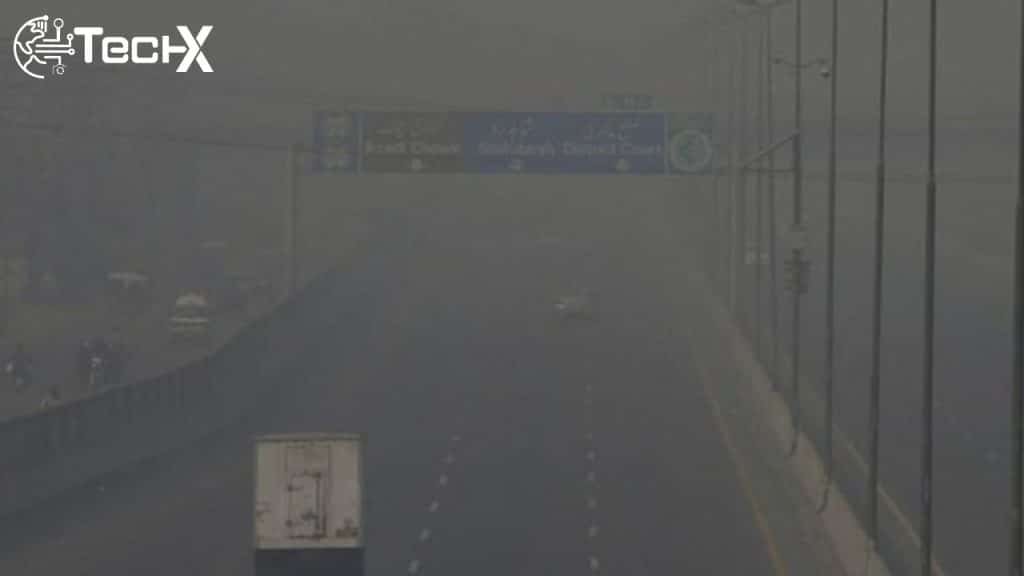The Punjab government has taken a bold step by launching an AI-powered system to fight smog and improve air quality across the province. Announced by Senior Minister Marriyum Aurangzeb, the new technology marks a modern milestone in environmental protection. The AI system can predict smog and pollution levels up to four months in advance, helping authorities take early preventive action.
Predicting Pollution Before It Strikes
Marriyum Aurangzeb highlighted that the AI system can forecast smog intensity and measure the effects of polluted air drifting from India. This early warning ability will help the government respond before the situation worsens. She called it Punjab’s first breakthrough in managing air quality, where technology and governance work hand in hand for public welfare and cleaner skies.
Smog War Room for Real-Time Action
A dedicated Smog War Room has been set up and connected with the Punjab Information Technology Board (PITB). This control center allows officials to track pollution patterns and issue alerts in real-time. When violations are detected through drone surveillance or AI data, authorities respond within 48 hours. Industries found guilty of breaking pollution rules face heavy fines, sealing, or even demolition.
Also Read: Punjab Govt Announces Rs. 100 Million Reward for Top 100 Schools
Environmental Surveillance and Monitoring
The Punjab Environmental Protection Agency (EPA) is playing a key role in this campaign. It has conducted over 300,000 vehicle fitness tests this year to ensure that public and private transport meet emission standards. To strengthen air quality monitoring, 41 new air testing stations have been installed. The number will rise to 100 by next year, creating one of Pakistan’s most advanced monitoring networks.
Boost in Electric and Clean Transport
As part of its clean air plan, the government has also turned to electric vehicles. According to the EPA, 1,100 electric buses are already running on Punjab’s roads, with 1,000 more expected soon. These buses produce zero emissions and will greatly reduce the carbon footprint from public transport. The shift to green mobility also supports Pakistan’s broader climate goals for a sustainable future.
Targeting Industries and Construction Sites
The new AI system will help the government control emissions from industries, construction sites, and vehicles. Marriyum Aurangzeb said strict targets have been set for reducing harmful emissions. Surveillance drones now monitor factory smoke and building dust. Industries found releasing untreated gases or operating without filters will face immediate legal action under environmental laws enforced by the provincial authorities.
Combating Crop Burning and Plastic Pollution
To further fight smog, the Punjab government has banned the burning of crop residue a key cause of winter smog. Farmers are being guided to use modern farming methods to dispose of waste safely. Meanwhile, a province-wide campaign has begun against plastic pollution. The government’s Environment Protection Force conducts public awareness drives to promote recycling and cleaner daily practices.
Protecting Public Health from Smog Hazards
Recognizing the health threats of smog, the government has prepared mobile hospital units to operate in high-smog regions. These units are ready to offer treatment for respiratory and eye problems caused by polluted air. Health alerts are also issued when pollution levels rise. This timely coordination between the environment and health departments shows a new era of proactive governance in Punjab.
Technology and Willpower for a Cleaner Future
Marriyum Aurangzeb described the initiative as a union of “technology, commitment, and care.” With AI predictions, drone surveillance, and public engagement, Punjab aims to turn the tide against pollution. The government’s goal is not just to control smog but to build a sustainable system for future generations. This new phase marks Punjab’s rise as a leader in environmental innovation.
